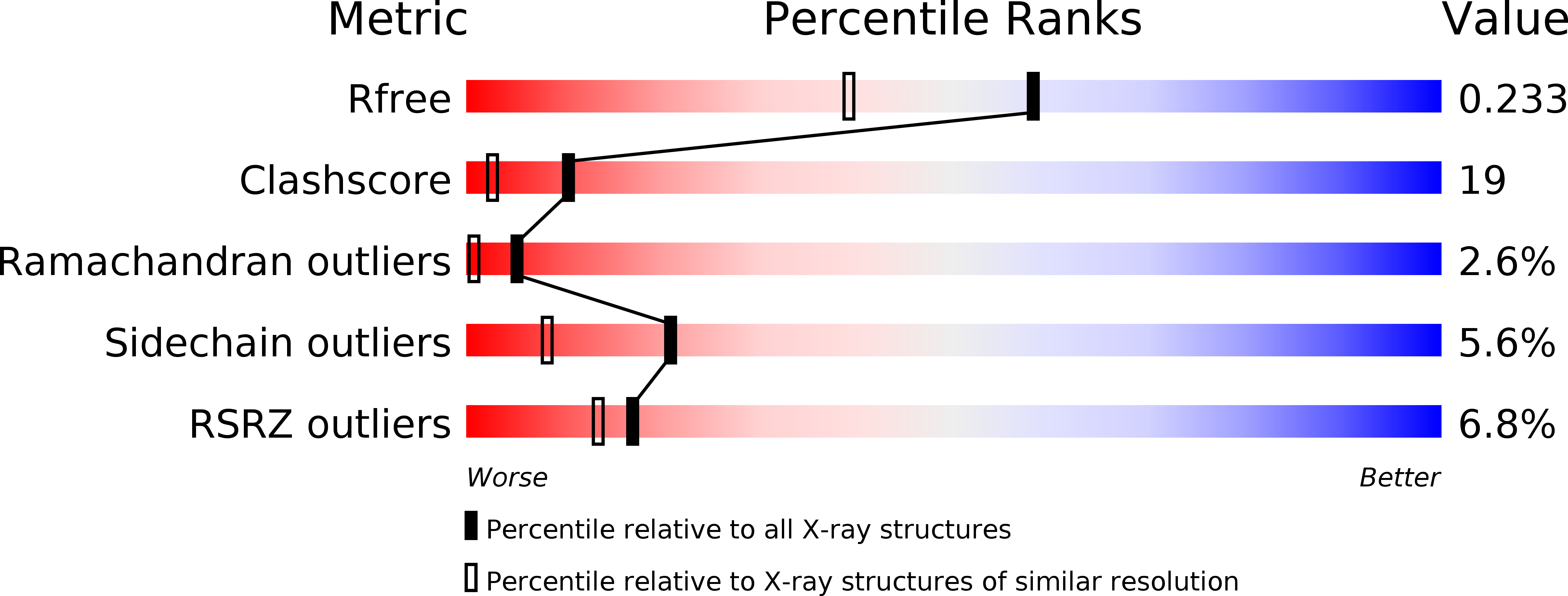
Deposition Date
2012-03-02
Release Date
2012-07-25
Last Version Date
2024-11-27
Entry Detail
PDB ID:
4E04
Keywords:
Title:
RpBphP2 chromophore-binding domain crystallized by homologue-directed mutagenesis.
Biological Source:
Source Organism:
Rhodopseudomonas palustris (Taxon ID: 258594)
Host Organism:
Method Details:
Experimental Method:
Resolution:
1.79 Å
R-Value Free:
0.23
R-Value Work:
0.18
R-Value Observed:
0.18
Space Group:
P 21 21 21


